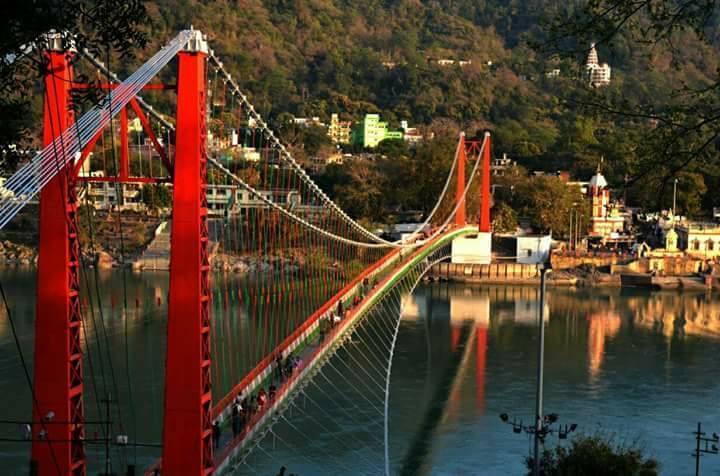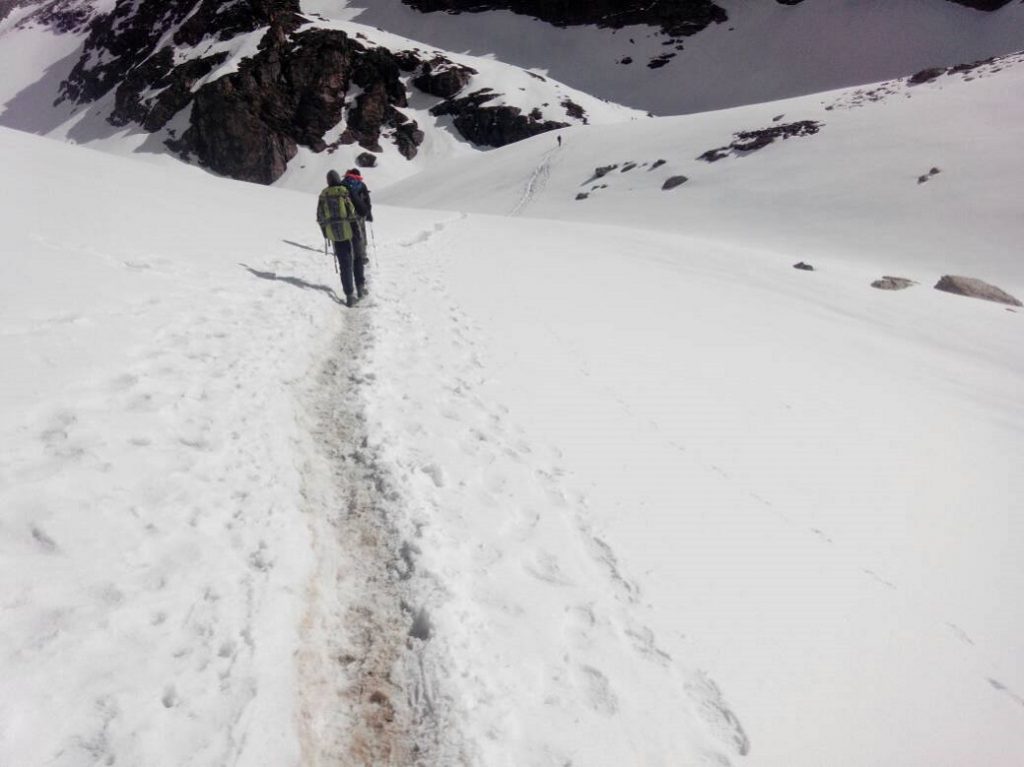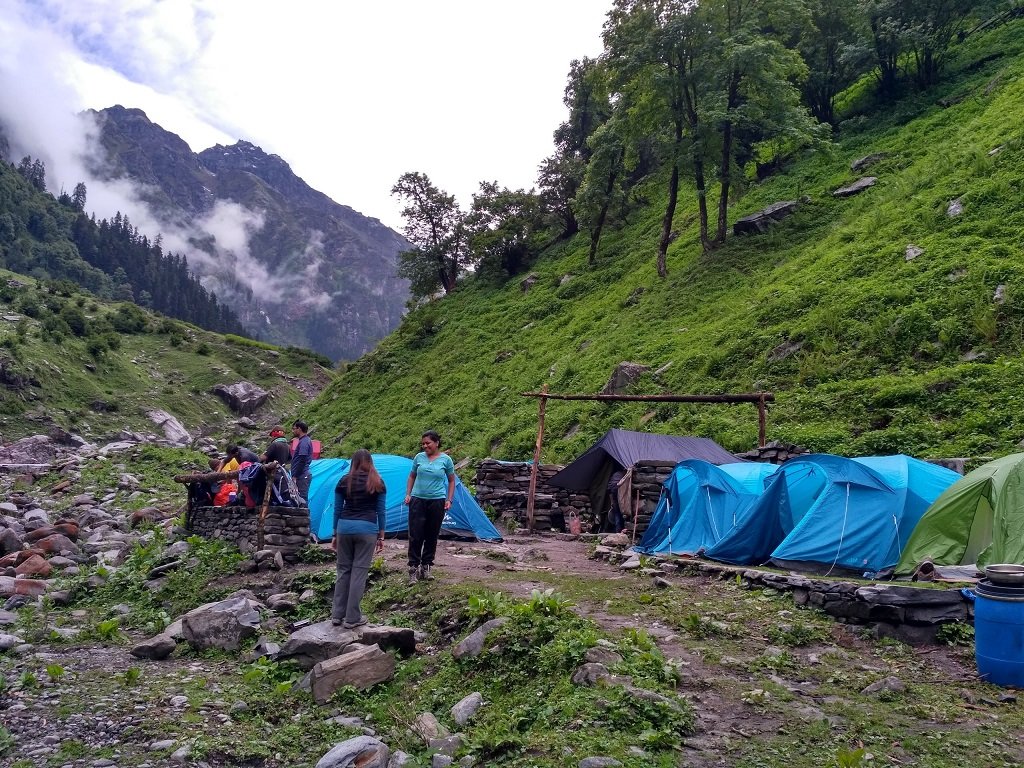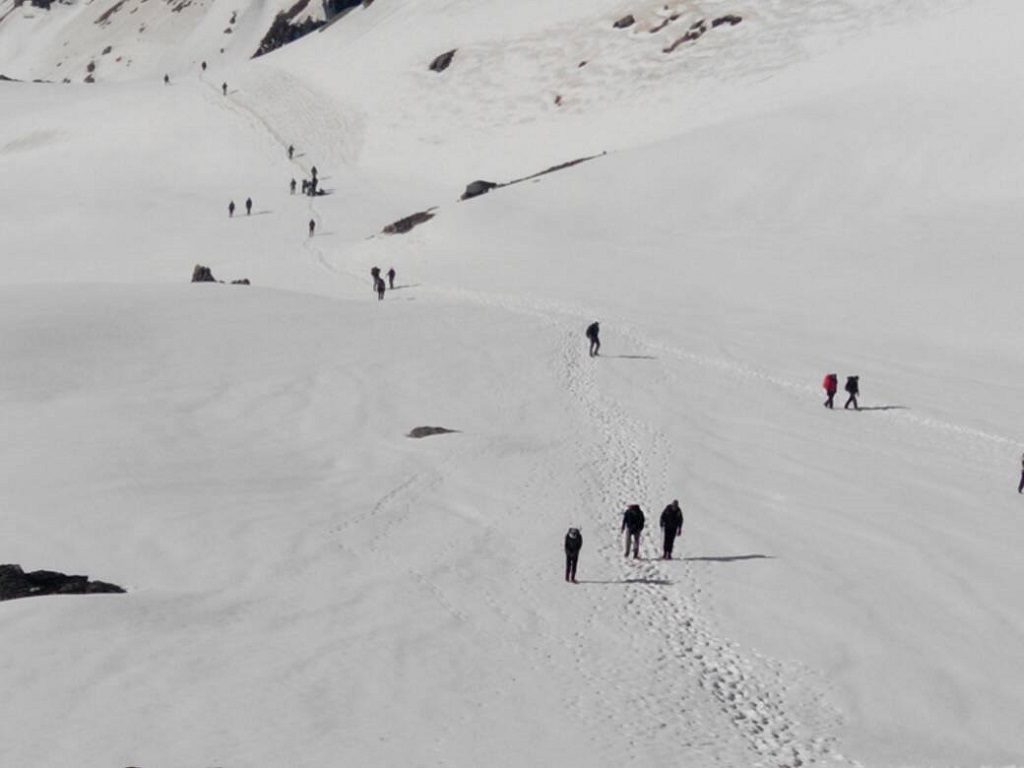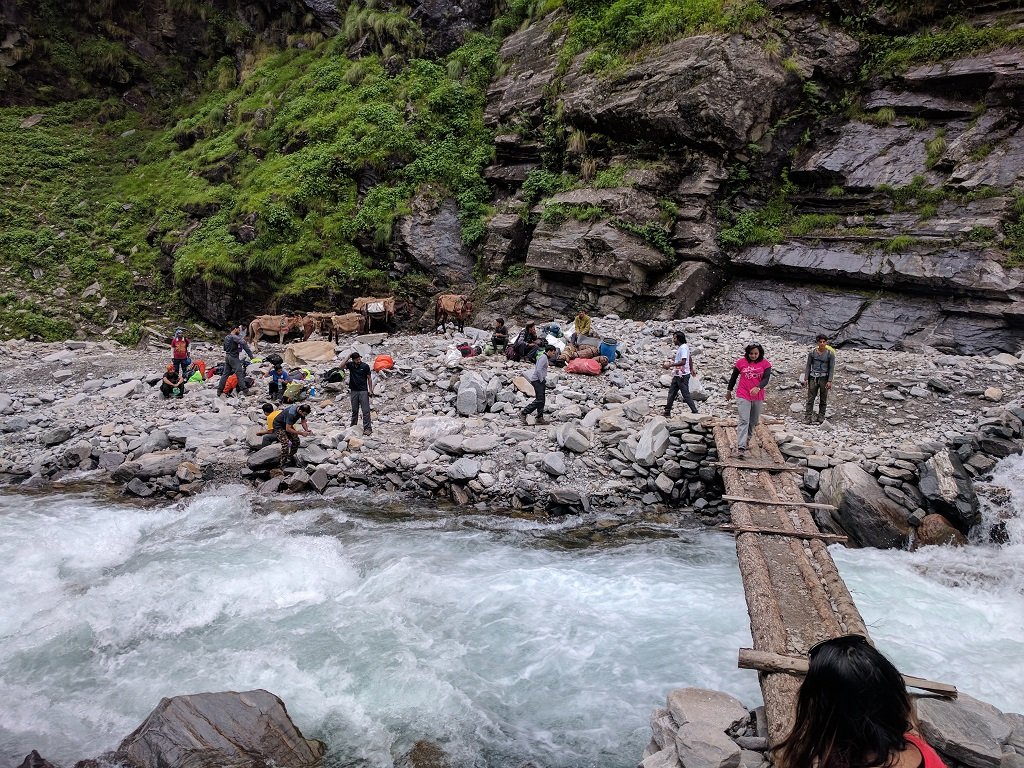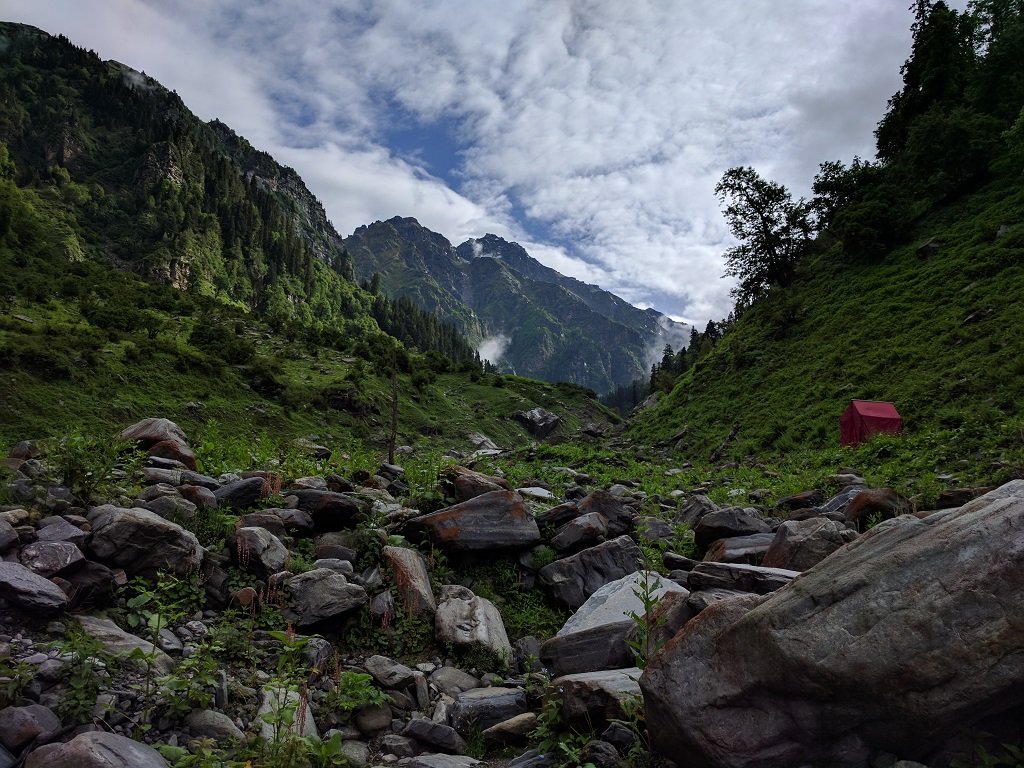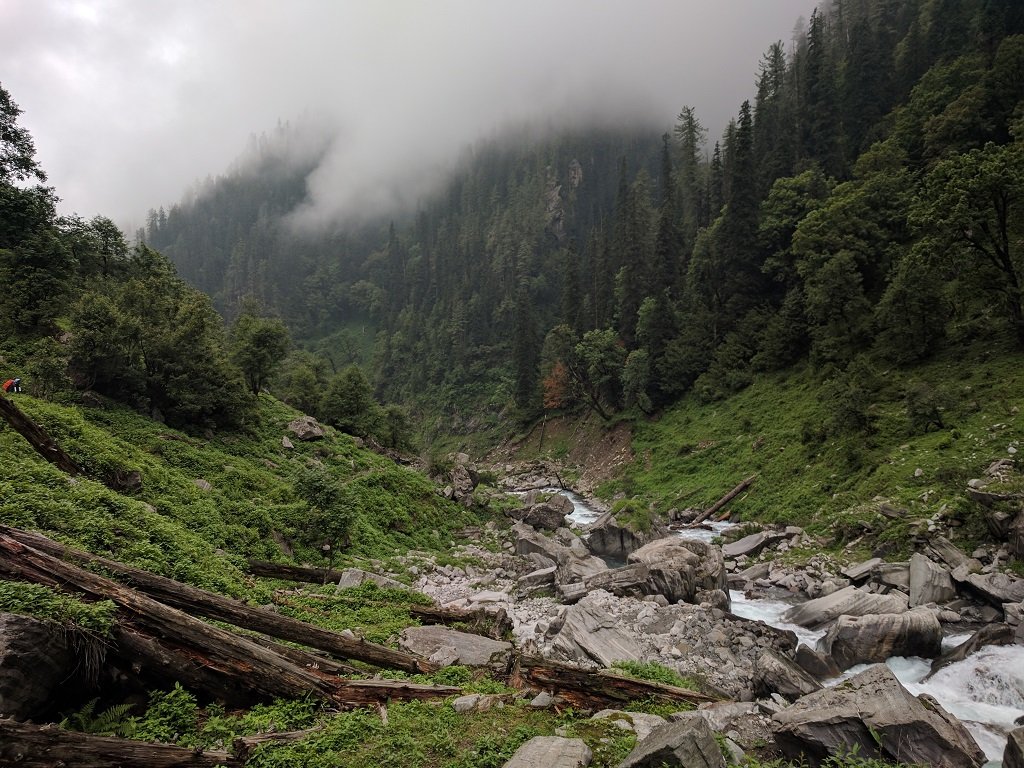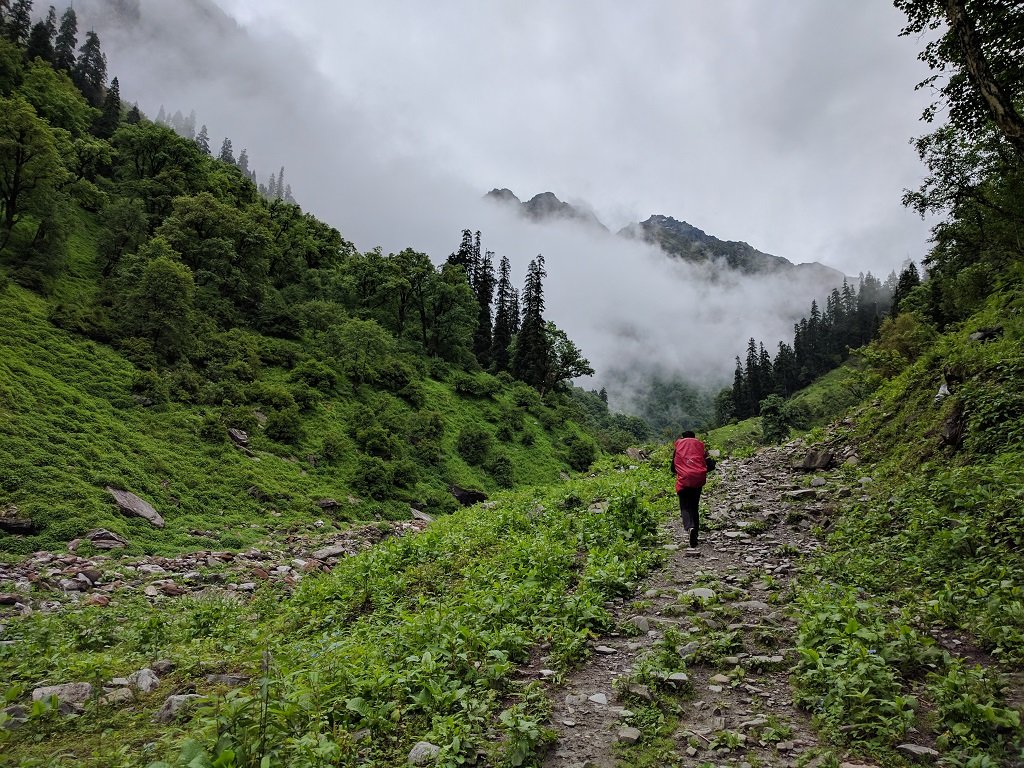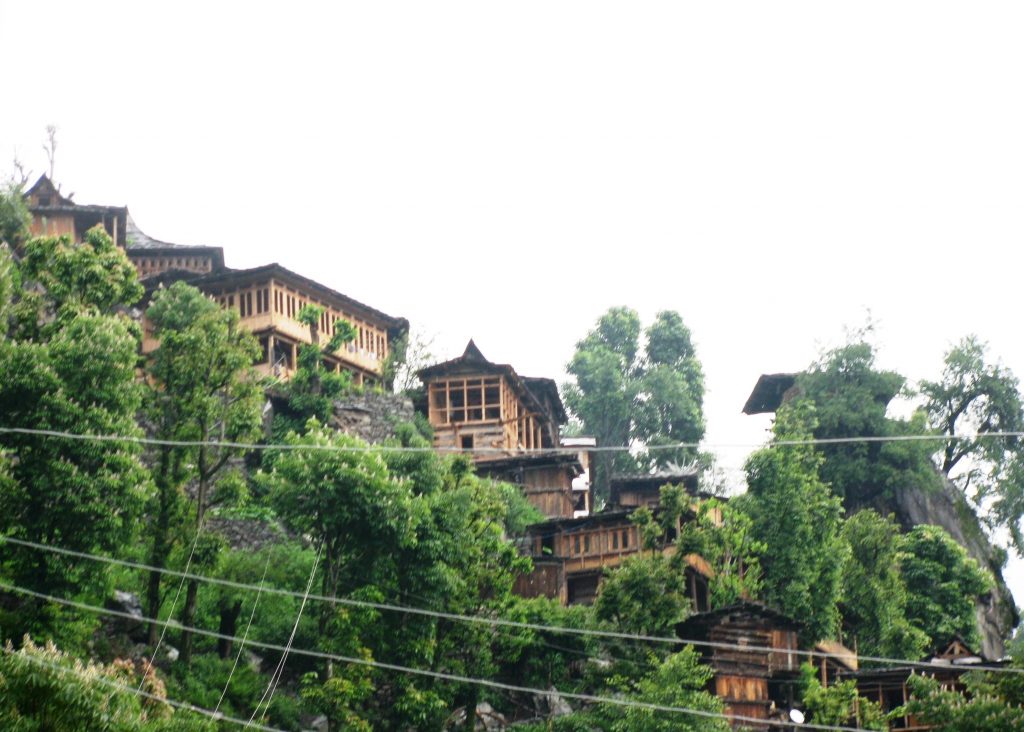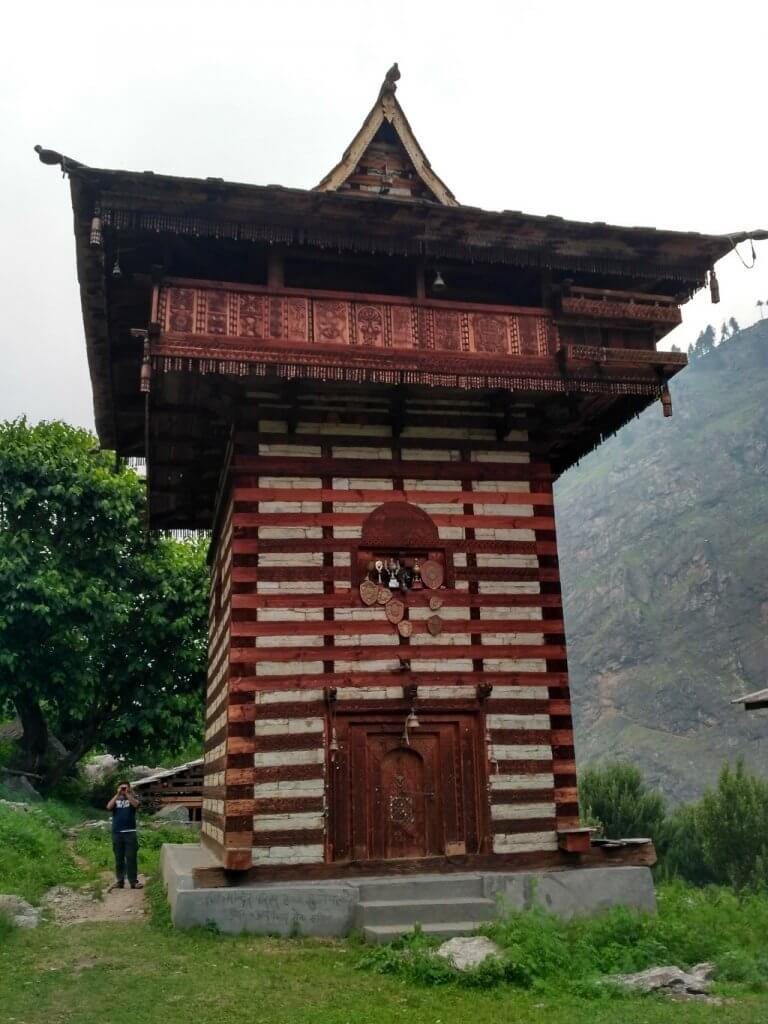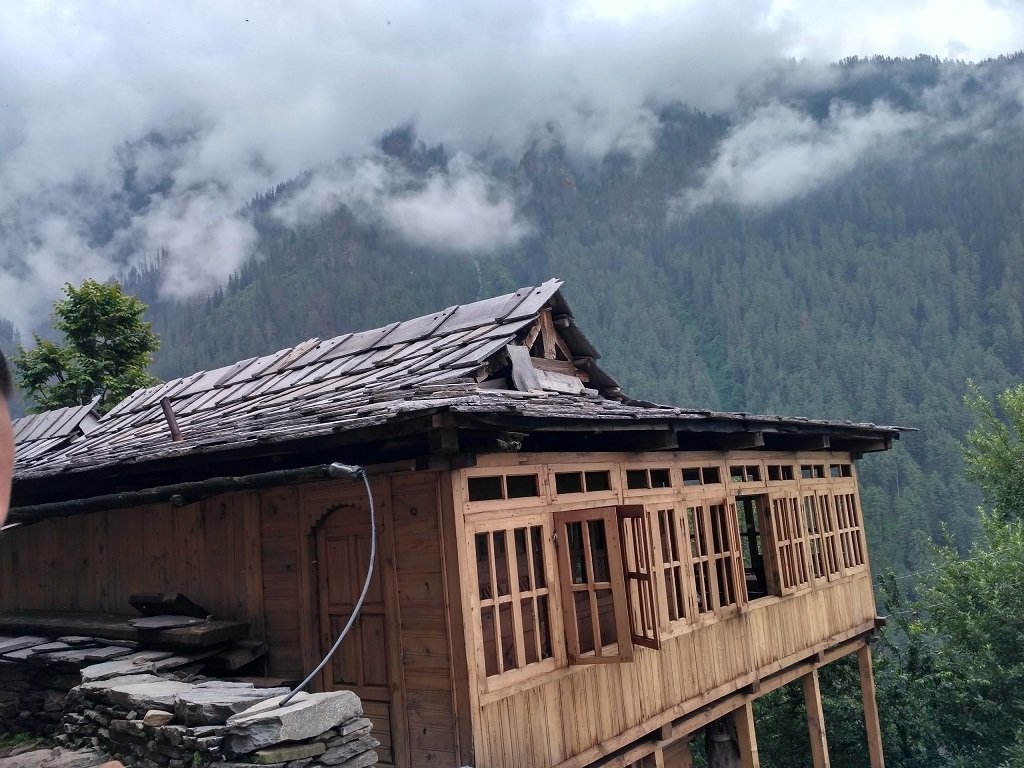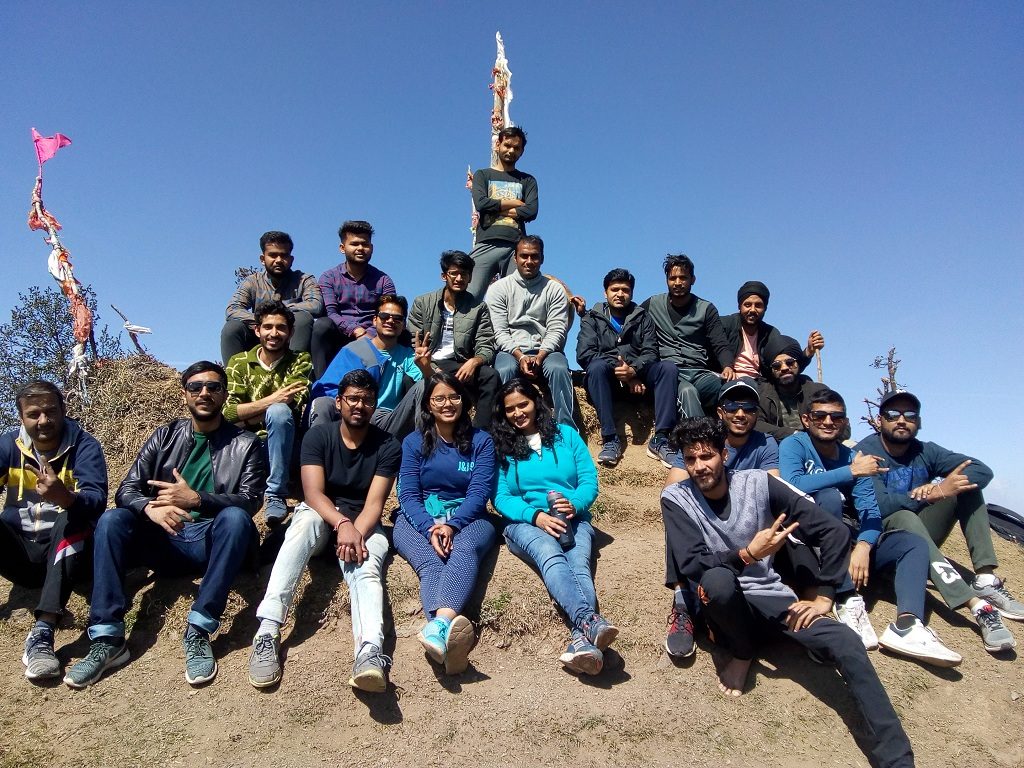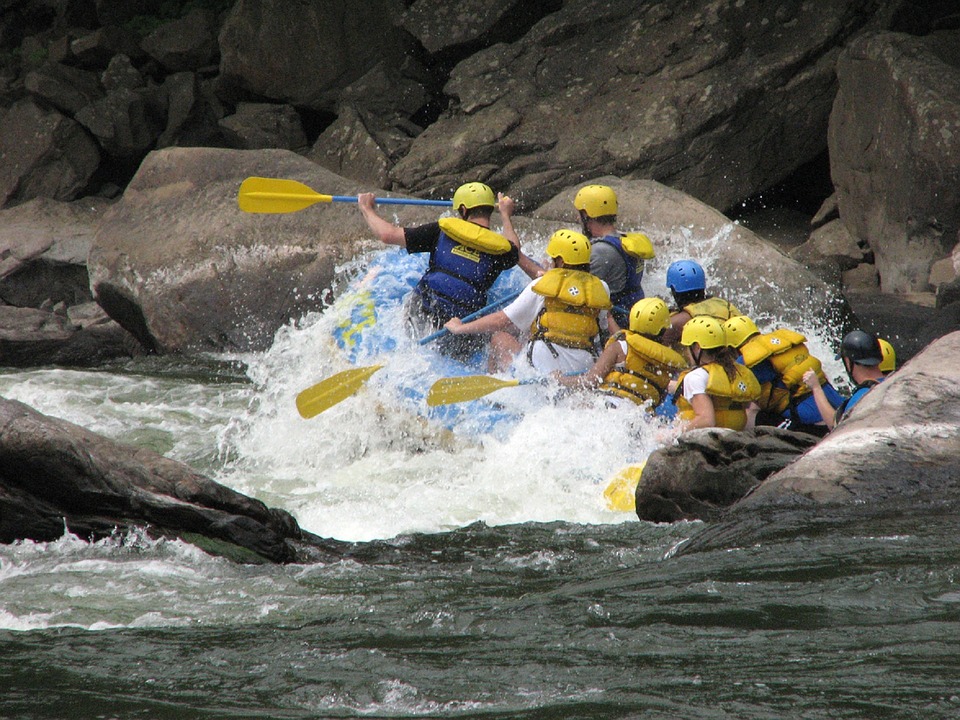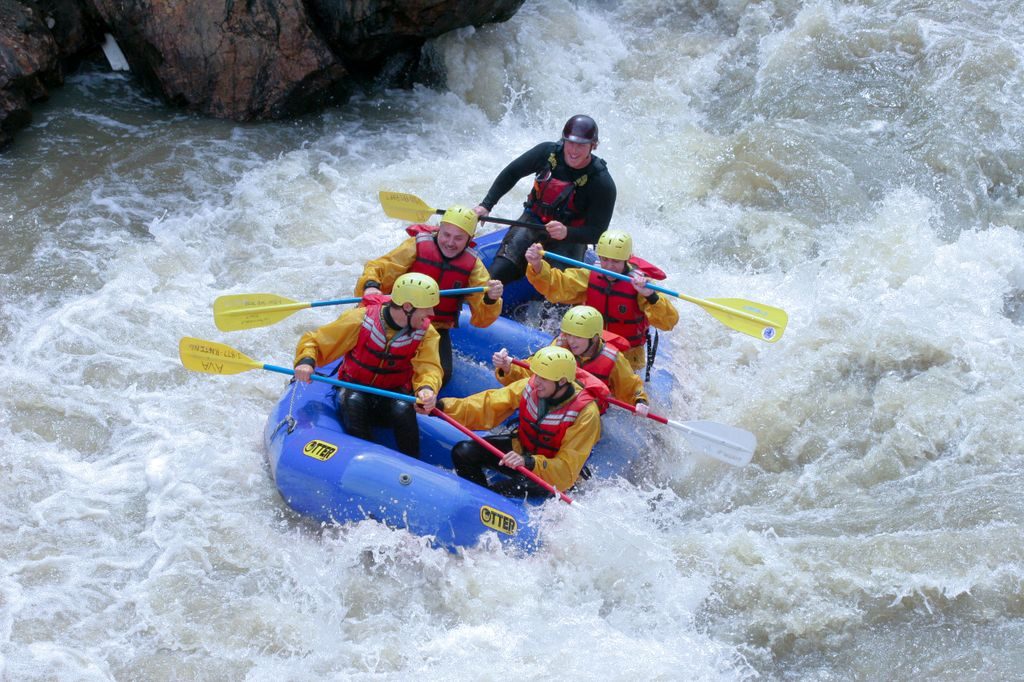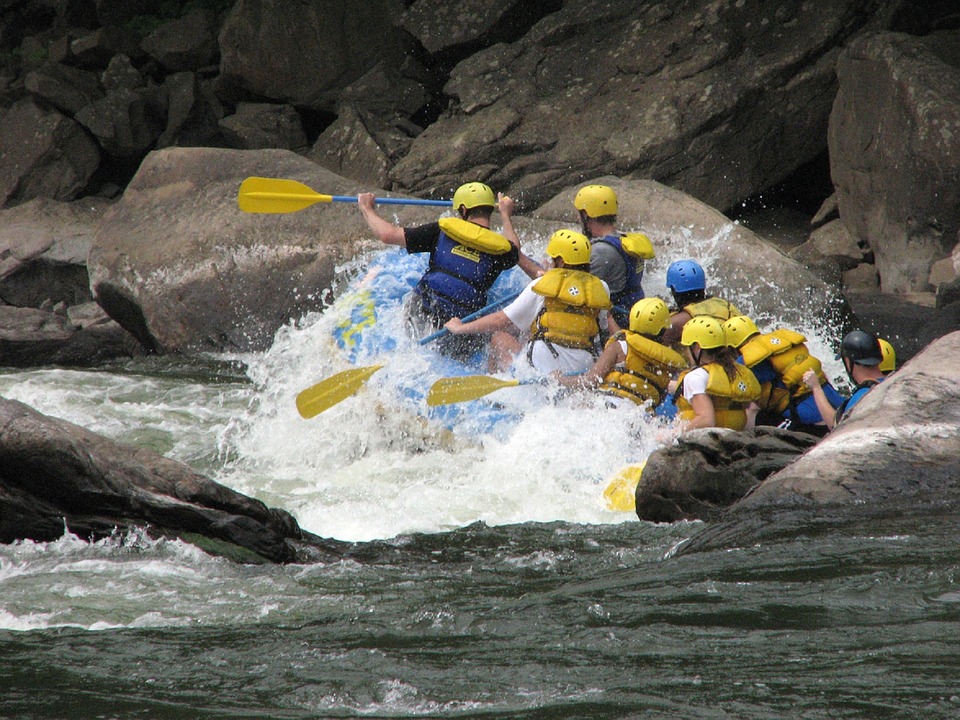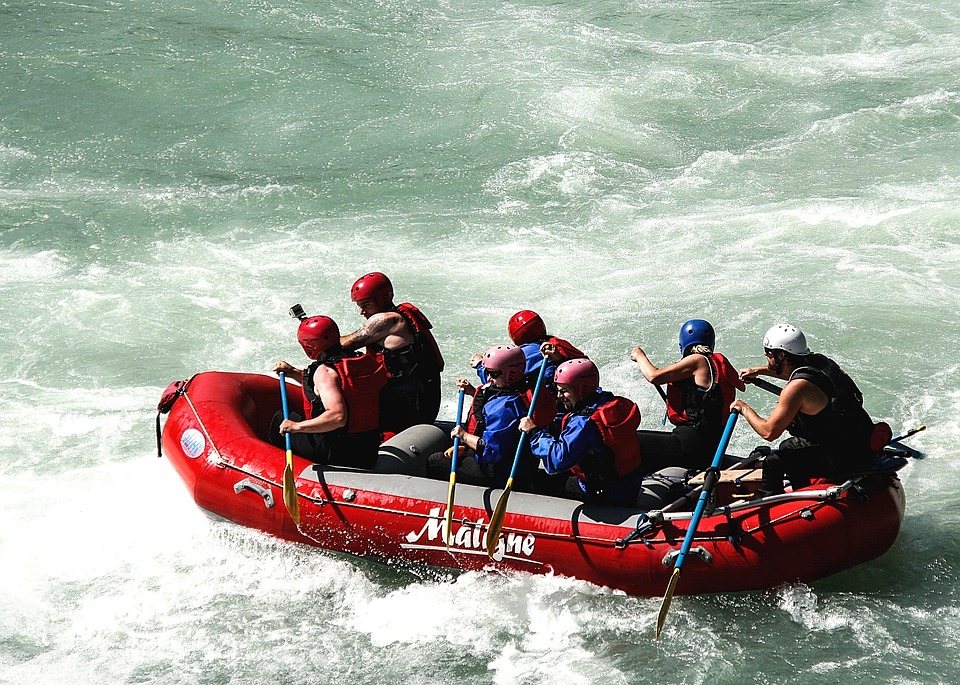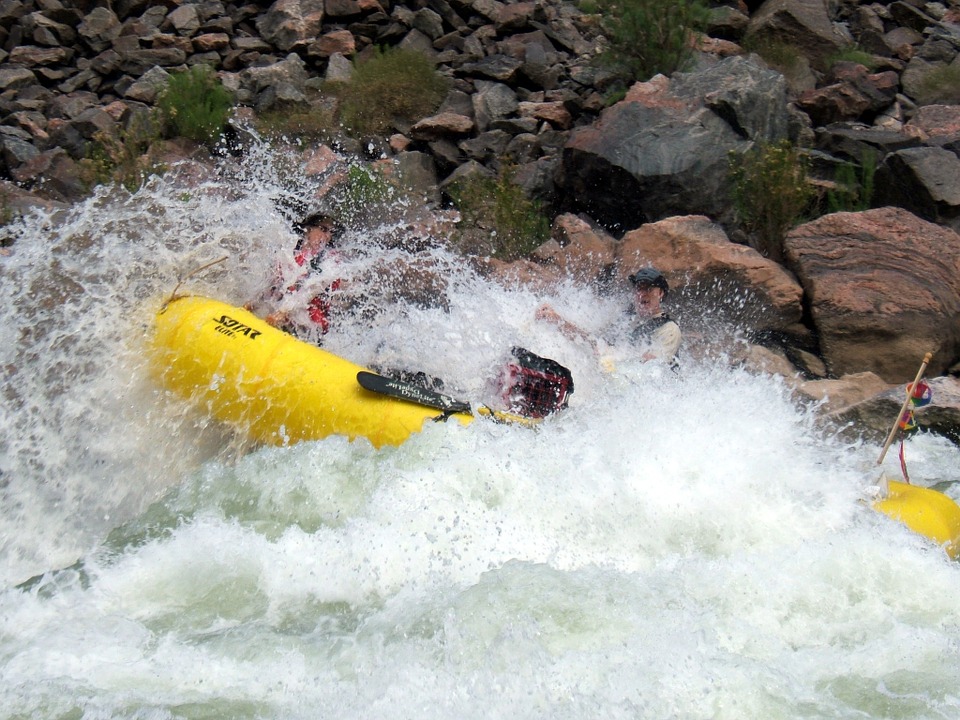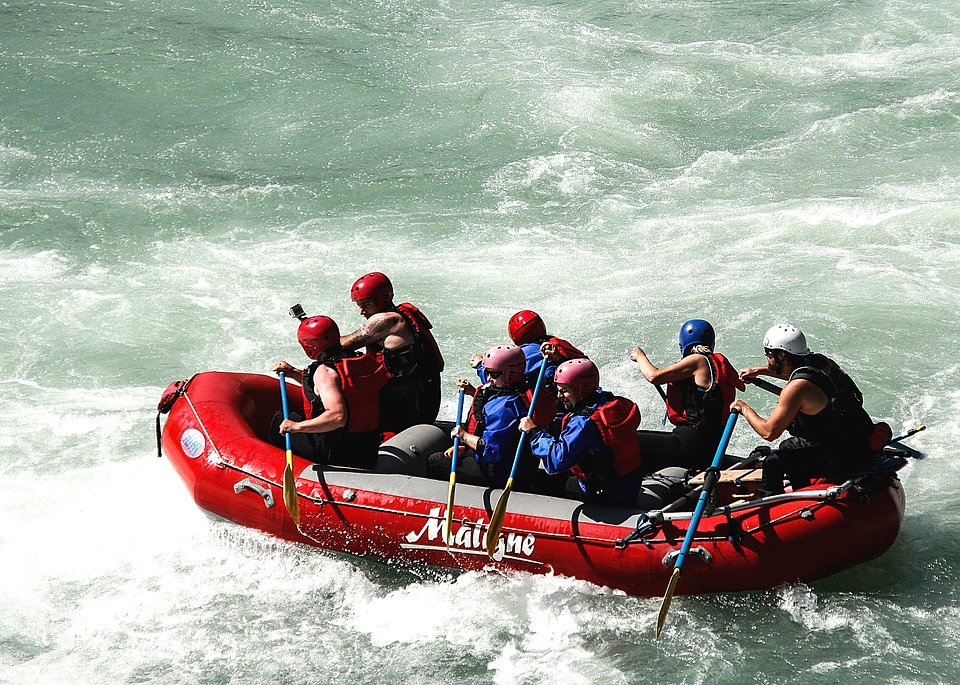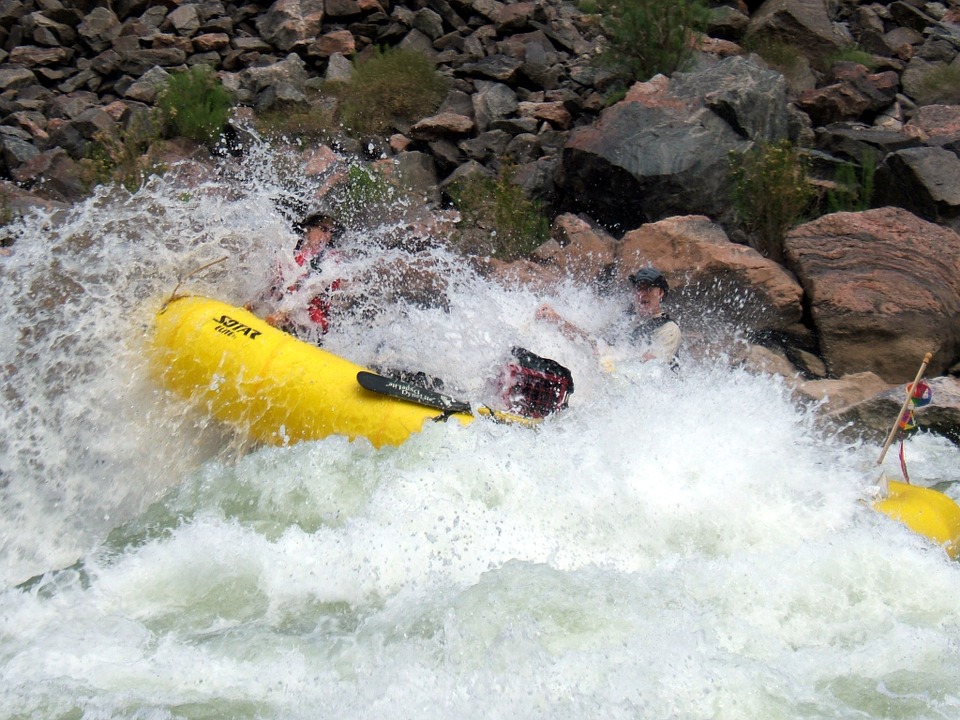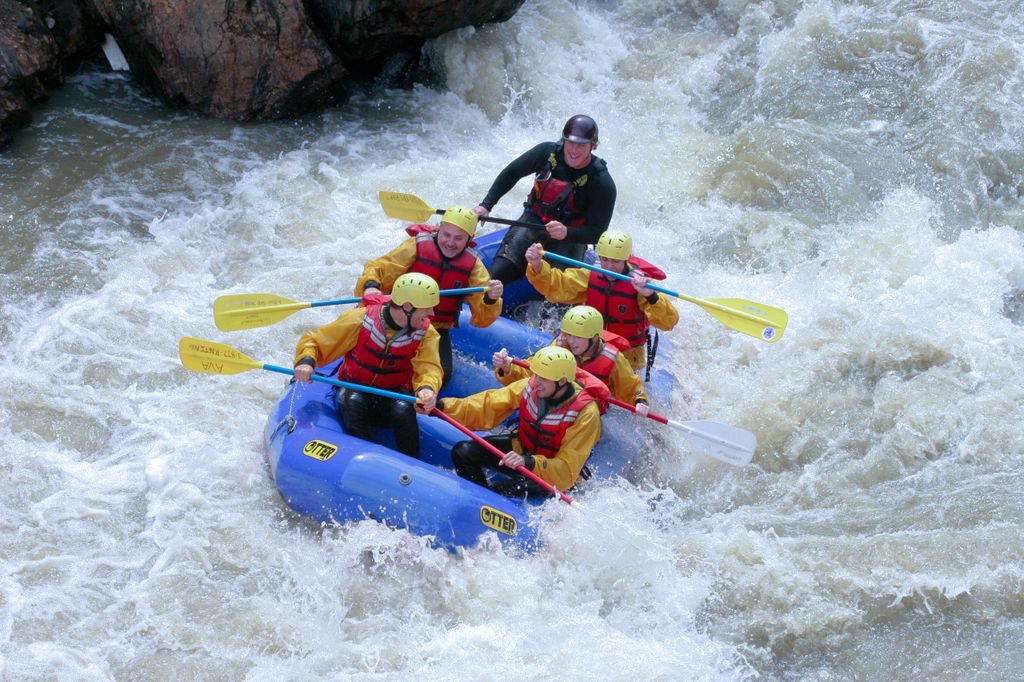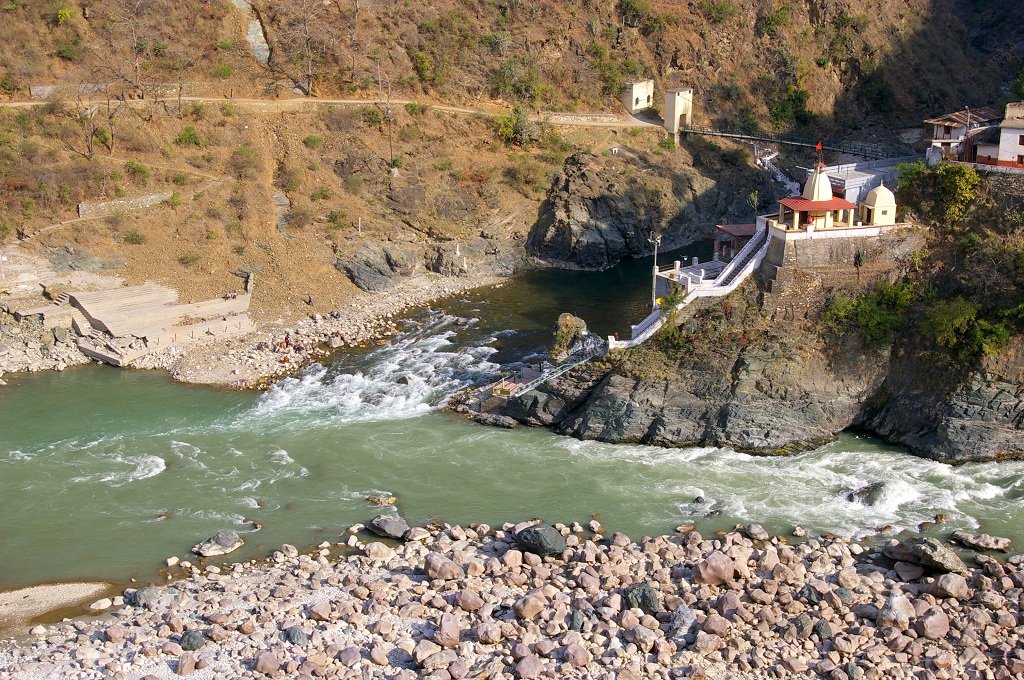HISTORY OF KEDARNATH DHAM
Kedarnath Temple is located in Rudraprayag district of Uttarakhand state of India. Kedarnath Temple in 12th Jyotirlinga, in the lap of the Himalaya mountain in Uttarakhand, is also one of the four dham and Panch Kedar. This is the largest Shiva temple in Uttarakhand, which is built by adding huge boulders of cutlestones. These boulders are brown in color. The temple is made up of about 6 feet high. Its sanctum is ancient, which is considered to be around the 80th century.
Kedarnath Dham and temple surrounded by mountains on three sides. On one side is Kedarnath, about 22 thousand feet high, on the other side is 21 thousand 600 feet high cost and on the other side is 22 thousand 700 feet high Bharatkund. Kedarnath Temple is not just three mountains but also the confluence of five rivers – Mandakini, Madhiganga, Kshiranga, Saraswati and Swarnagauri. Some of these rivers did not exist anymore, but Alaknanda’s assistant Mandakini is still present today.
According to the history of Kedarnath Dham, Shivling is located in Kedarnath Temple, one of the twelve Jyotirlingas. Only from the sight of Jayotirling, salvation from all sins is attained. Kedarneshwar Dham is situated on the banks of Kedarnath Temple. It is said that the history of Kedarnath temple, made of stone-made Katyrui style, was built by Janmayjaya of Pandav Dynasty. But it is also said that it was founded by Adiguru Shankaracharya. The priest of Kedarnath becomes the Jangal Brahmin of Mysore.
Story about Kedarnath Dham
On the Kedar mountain of the Himalayas, the incarnation of Lord Vishnu, Mahapatva Nar and Narayan Rishi used to perform penance. Lord Shankar appeared pleased with his worship, and according to his prayer, he gave the bride to be eternally in the form of Jyotirlinga. This place is situated on Kardar, the Kedarnath mountain range of the Himalayas.
Story of Panchkedar (Kedarnath)
It is believed that when Pandav was victorious in the war of Mahabharata, Pandavas wanted to get rid of the sin of fraternity (the killing of family members). For this, he wanted to get the blessings of Lord Shiva. But Lord Shankar was angry with Pandavas. Pandavas went to Kashi for the visit of Lord Shankar, but Lord Shiva Pandu did not get there. Those people came to the Himalayas while searching for them. Lord Shankar did not want to see the Pandavas, so they went from there to Kedar and settled there. Pandav, on the other hand, was also strong enough to persevere, and he followed Kedar after him.
BELIEFS OF KEDARNATH DHAM
- Kedarnath Temple is the largest Shiva temple in Uttarakhand. Which is made by adding large stone blocks of cutworms. The color of the boulder is brown, its sanctum is very old, which is considered to be around the 80th Century.
- This Dham is the third leg of the Char Dham Yatra. The recognition of Kedarnath Temple is also that the person who travels to Badrinath without seeing Kedarnath. His journey becomes sterile (incomplete, meaningless). History of Kedarnath Dham along with the beliefs of Kedarnath Dham! Must read about it.
- Many people have different stories about the construction of this temple. According to Rahul Sankrityan, this temple is 12-13 century. Historian Dr. Shiv Prasad Dabral believes that the Shaivites have been going to Kedarnath before the Adiguru Shankaracharya. It is believed that there is a pilgrimage in Kedarnath temple for 1000 years. It is also said that Pandavas had made the ancient temple of Kedareshwar Jyotirling. Later, Abhimanyu’s son Janmajaya had renovated it. But what is most famous is that this place was named after Kedar, who ruled in Satyuga.
- Kedarnath in the mirror of the beliefs of Kedarnath Dham: According to Ling Purana, a person who resides in Kedarkkund, who retired, becomes a pariah. It is said in Karmapuran that all the sins are destroyed due to bathing in the holy place and pilgrimage to Kedarnath. It is said in the Param Purana that, “When Sun and Guru’s Planet is located on Aquarius, then Kedarnath’s philosophy and touch gives salvation”. In our eternal religion, there is a special Mahapurana, Skanda Purana, in which Kedarnath’s greatness has been told.
- Regarding the Kedarnath temple, Shivpura has said that the pilgrims who come in Kedarnath. They get heaven and are also free from all their sins. Water of Kedarnath is highly religious, because the people say that if a person in the temple is water after his prayers. Then that person will get rid of all his sins.
- The recognition of Kedarnath temple is that Kedarnath is one of the twelve Jyotirlingas of Lord Shiva. “Jyotirling ” philosophy in Kedarnath Dham” has great recognition. About this place it is believed that Jyotirling’s philosophy is to be liberated from all sins.
